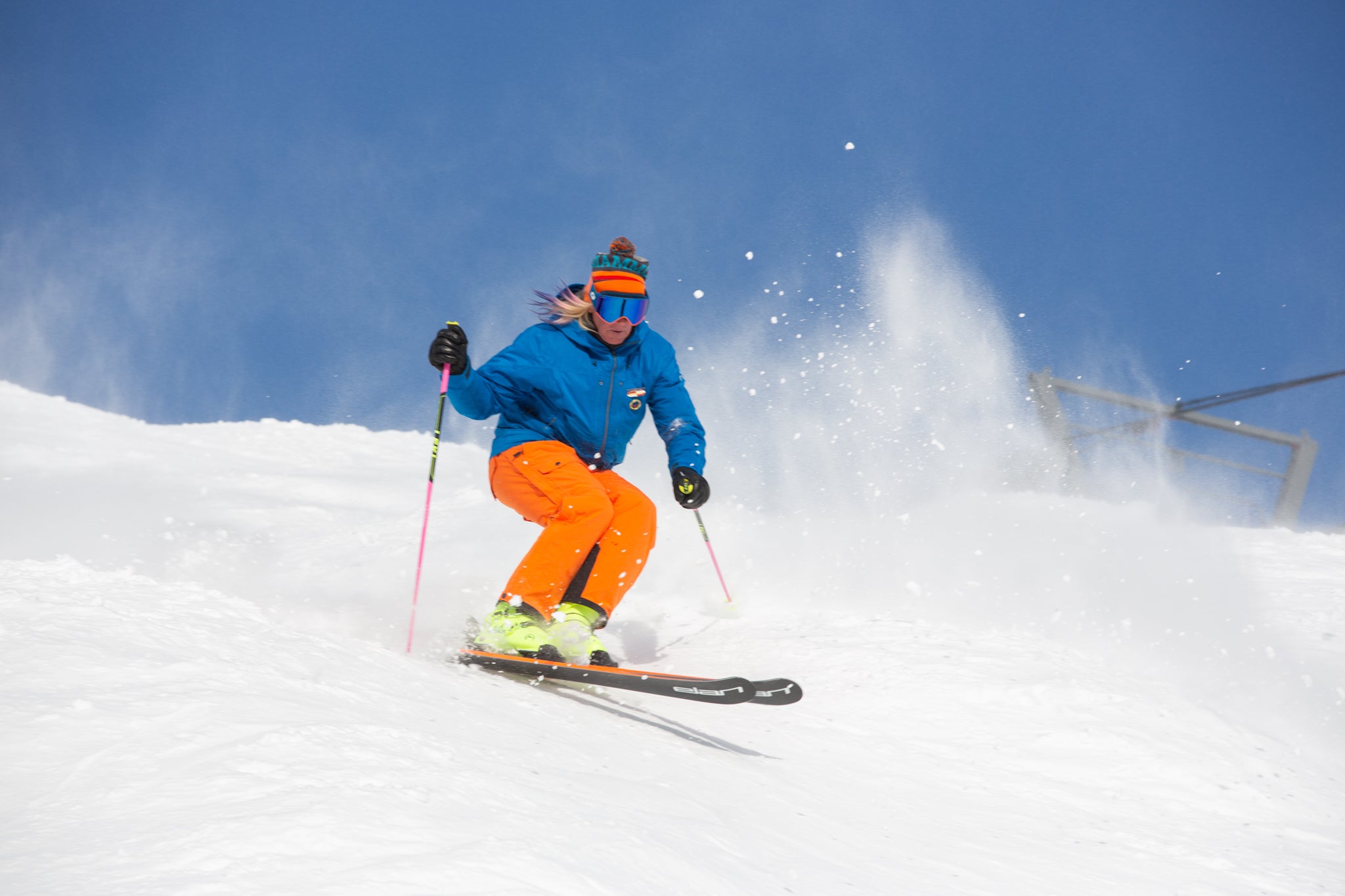Struggling in the Bumps? This is the Essential Skill You're Missing.

(Photo: Keri Bascetta)
Skiing moguls is fundamentally different than skiing groomers because of the three-dimensional nature of bumps. On groomers we move in a one-dimensional environment, where grooming machines lay down a perfect carpet and we only have to manage turning left and right while moving side to side.
Watch: The Essential Skill You Need to Master the Moguls
But when we get into moguls, we suddenly find ourselves in a three-dimensional space, where we still have to think bout moving side to side, but now we also have to deal with moving up and down to navigate the piles of snow. That added dimension makes skiing bumps a playful puzzle that can be perplexing.
But when it clicks, there might be nothing more satisfying—and fun.
The key to solving this puzzle is learning to adapt to the changing terrain on the fly. While there are a number of skills that go into this, the one that will make life in the bumps a whole lot easier is learning to use your legs as shock absorbers.
Think of moguls as a series of mountains and valleys. The goal is to ski those mountains and valleys while keeping your head as level as possible so that your upper body remains stable and you don’t get thrown off balance. The only way to make that happen is to flex and extend your legs to help you absorb the transition from mountain to valley.
But don’t get so focused on your knees that you forget the role played by your ankles and feet. Your ability to flex those, in addition to your knees, helps to unlock the key to successful bump skiing.

The succession should look something like this:
- Flex: As you approach the mogul and the snow begins to rise, flex your ankles and knees.
- Absorb: At the top of the mogul, absorb your flexed legs towards your chest.
- Extend: After you’ve crested the mogul, lengthen your legs to extend them into the valley between bumps.
The key is practice, practice, practice. The next time you’re at the ski area, identify some bumps with a moderate pitch. If the slopes is too mellow, you won’t be able to get enough momentum going to get into a groove. If it’s too steep, you risk losing control. When you find a good tun, try these drills: